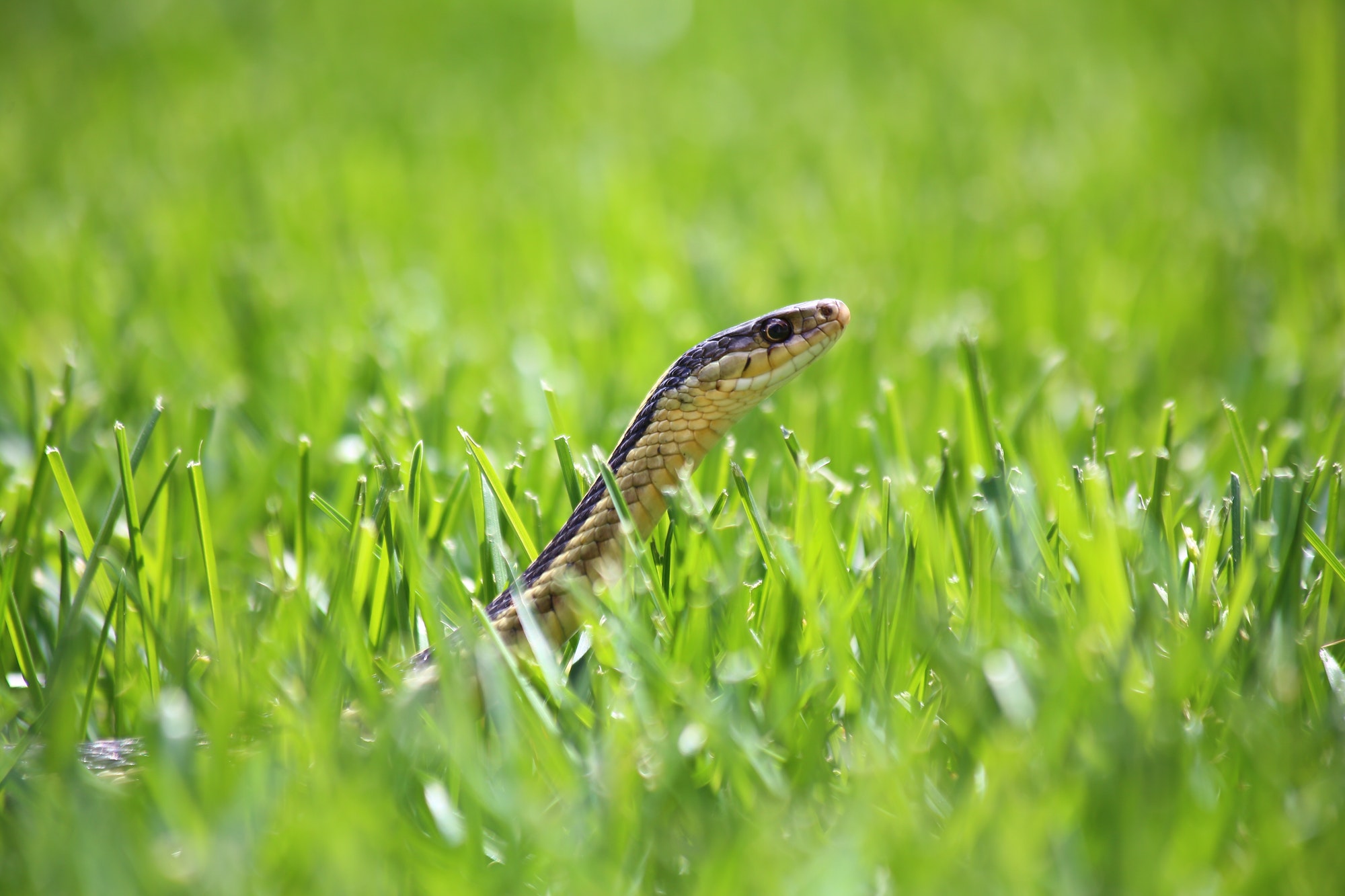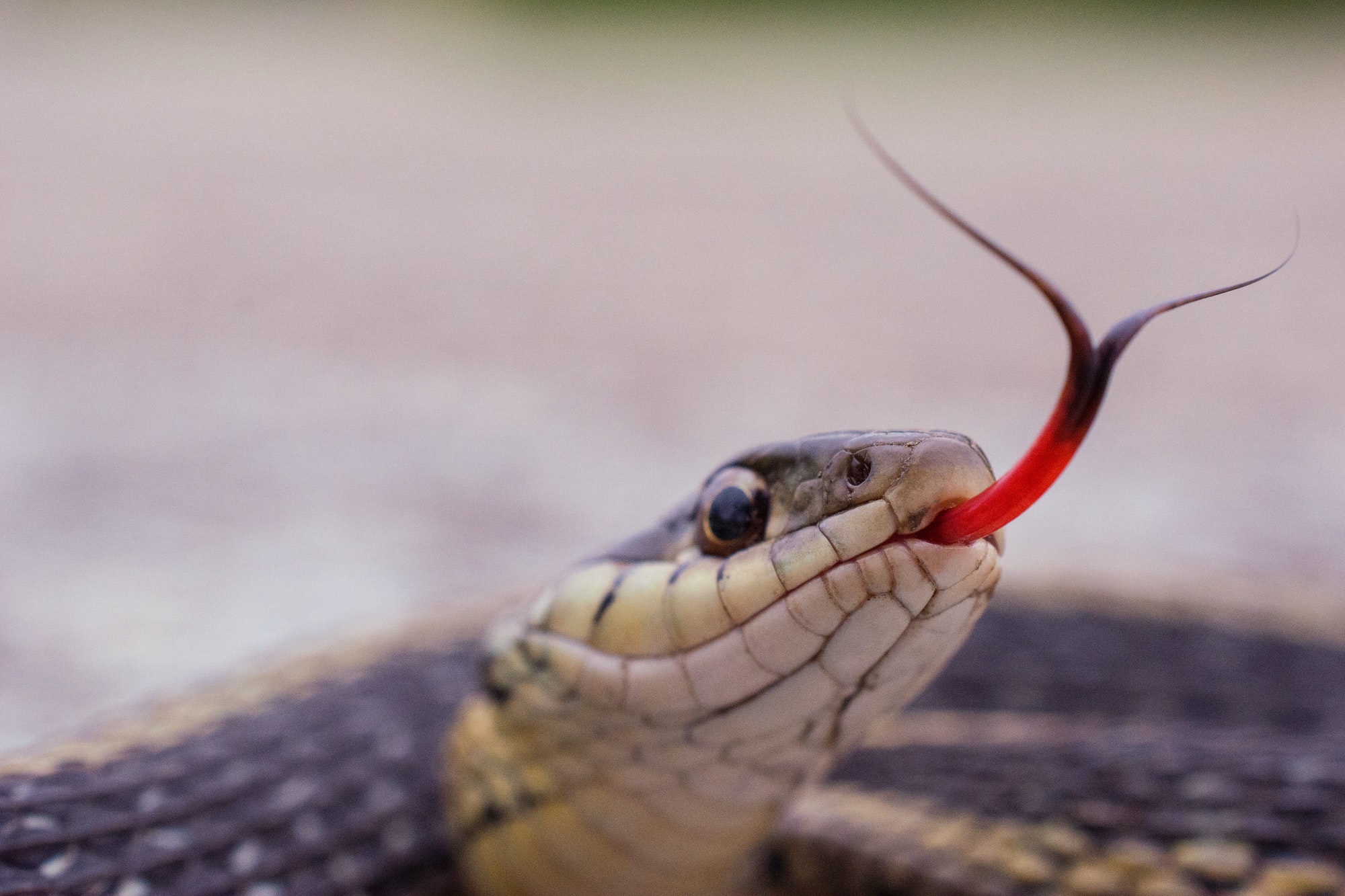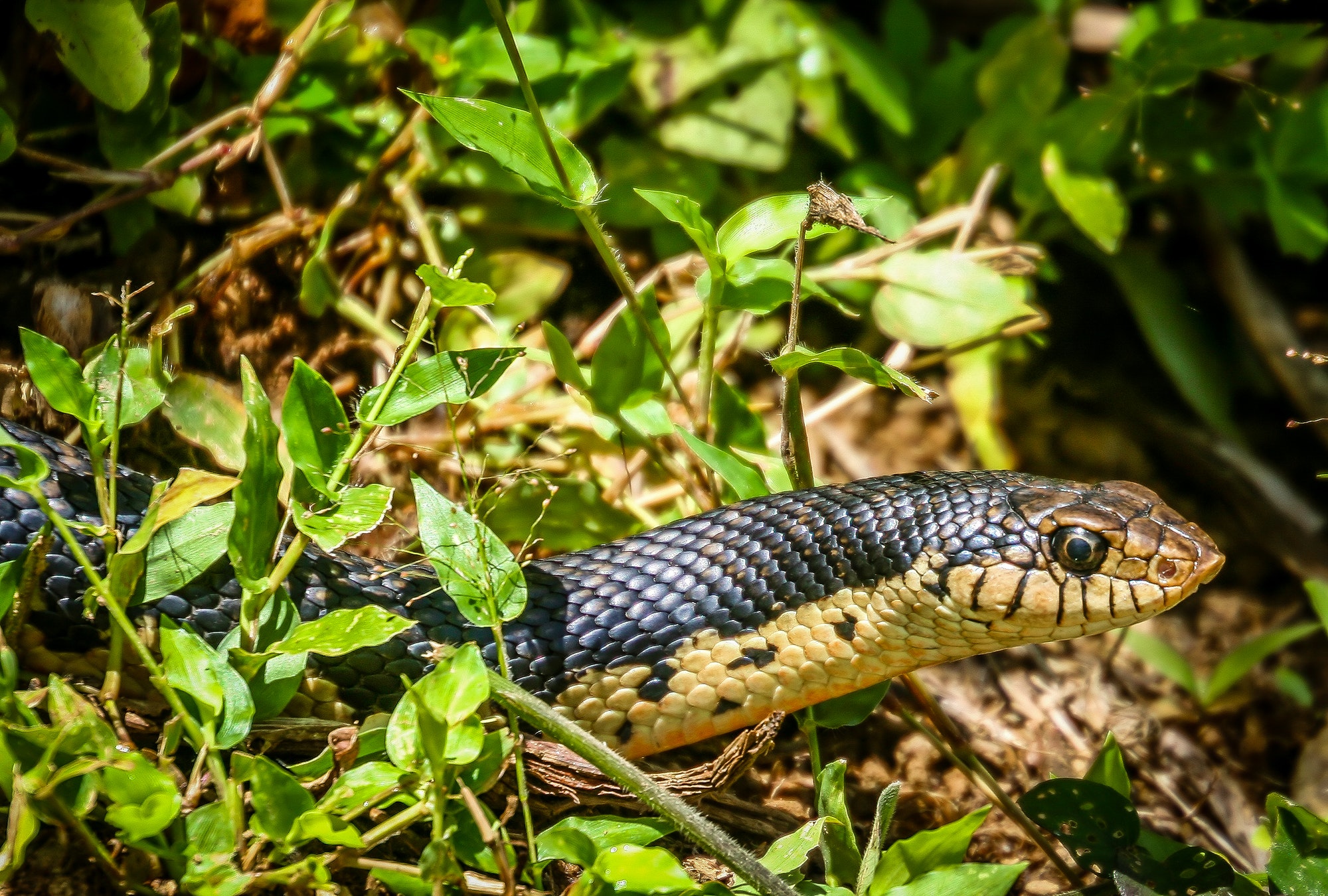What Do Snake Holes Look Like?
Down in Arizona, the difference between snake holes and critter holes is an important distinction to make, as poisonous snakes such as Diamondbacks could be living in your own backyard. As a result, it is extremely important to know how a snake hole looks like.
According to the uniquepetswiki, snakes are commonly known to live in the abandoned holes of other animals such as rodents; this makes it harder to identify whether a snake is actually living in that hole or not, and most people don’t really have the ability to wait for hours just so they can see which animal comes out.
Snake holes just look like the holes of whichever animals live around your area, and as a result it is best to be cautious around all of them. However, according to Snake Removal Nationwide Service, some snakes are able to shimmy under loose soil; this means that a snake hole is more likely to belong to a snake if it is placed in sand or mud. Thus, it is good to know what size the snakes around your home are if you find a hole in loose soil, as they might probably be close to the size of these snakes.

There are some other ways of identifying snake holes. According to uniquepetswiki, snake holes are usually free of debris, fallen leaves, or spiderwebs, as they are removed when the snake enters the hole. They can also be identified by their surroundings, such as shed snake skins as well as its own feces, which may include remnants of its eaten prey.
Yet, there are a few specific species of snakes that can burrow underground, and their holes can be identified more easily. According to Jim Burke, a retired Natural Resources Extension Agent, the eastern worm snake (Carphophis amoenus), the southeastern crowned snake (Tantilla coronata), the eastern hognose snake (Heterodon platirhinos), and the pine snake (Pituophis melanoleucus) are all accomplished burrowers.

According to the Virginia Herpetological Society, the eastern worm snake will burrow itself in forested and wooden habitats that allow for this burrowing, and their holes will normally be inside leaf litter. Because they are around the size of worms, the width of the hole is rather small and thus hard to see.
According to ufwildlife, the holes of the southeastern crowned snake will be normally found in both dry and moist habitats, which is where they usually live. Like the eastern worm snake, the southeastern crowned snake is small and as a result its holes won’t be too large in size. According to the North Carolina Museum of Natural Sciences, the eastern hognose snake uses its upturned noise for burrowing, usually in sandy or loamy soils; these snakes are pretty big, and their hole size will be reflected by the size of their snouts. Finally, the pine snake will dig its burrows under old stumps or old cover, according to the Virginia DWR, and they use both their heads and their coiled heads to make these burrows.








